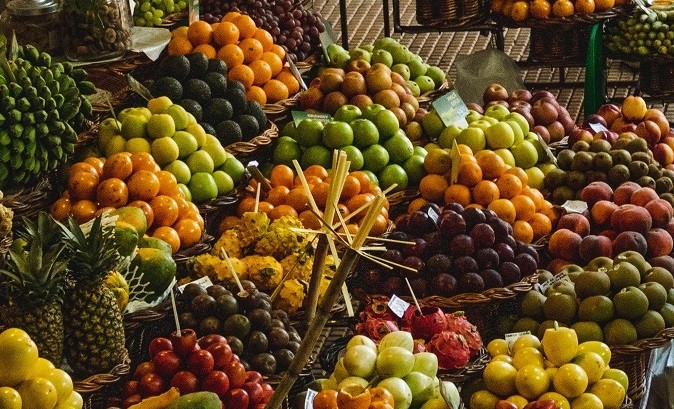
The glycaemic index (GI) is a tool that measures how much a food increases blood sugar. You can choose foods according to the GI. Identifying and choosing low glycaemic foods can help balance blood sugar levels. High glycaemic foods result in a rapid increase of blood sugar while low glycaemic foods have a slower effect.
For people with diabetes, eating foods high in carbohydrates increases the blood sugar level. The total amount of carbs including the type of carbs consumed will determine what the blood sugar will do and how quickly it will increase. An example would be a serving of rice will result to fast, high increase in blood sugar levels while a serving of lentil has a slower and lesser effect.
Choosing good sources of carbohydrates can help you control your blood sugar and weight. Eating wholefoods and healthier carbohydrates can help prevent various chronic conditions such as diabetes, but it can place you in a lower risk for heart disease.
Choosing Low Glycaemic Foods
Using the GI is actually quite simple. You can choose and eat foods in the low GI category instead in the high GI category.
- Low GI (GI of 55 or less): Most fruits and vegetables, beans, pasta, low-fat dairy foods, nuts, and minimally processed grains.
- Moderate GI (GI 56 to 69): Corn, white rice, couscous, white and sweet potatoes
- High GI (GI of 70 or higher): White bread, rice cakes, crackers, bagels, cakes, doughnuts, croissants, and most packaged breakfast cereals.
Alternatives for High Glycaemic Foods
- Brown rice instead of white rice
- Steel cut oats instead of instant oatmeal
- Bran flakes instead of cornflakes
- Wholemeal pasta instead of baked potato
- Wholemeal bread instead of white bread
- Peas or leafy green vegetables instead of corn
|
Do you have a natural health & wellness business? |









